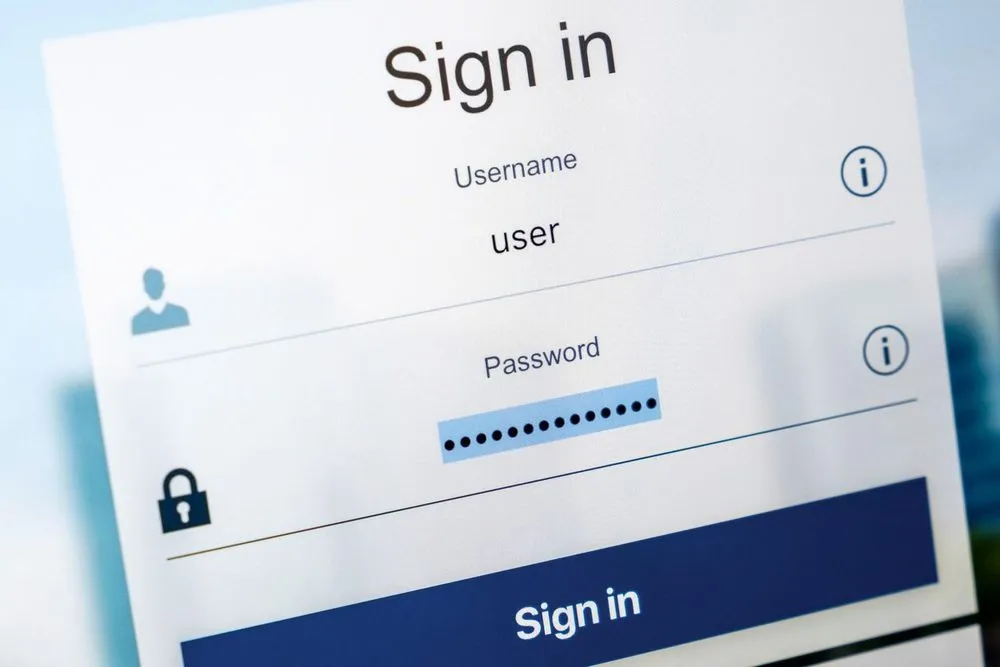3 Key Questions You Need to Answer Before Granting User Access
When youre managing a SaaS or cloud application two of the most important questions youll be faced with are Who should have user access and how ...

When you’re managing a SaaS or cloud application, two of the most important questions you’ll be faced with are: “Who should have user access, and how do we grant it to them?”
Determining who belongs in this group is not only critical to ensuring your organization can operate effectively. It also helps you maintain high-security levels to only grant access to the appropriate users within your environment. In short, it provides a gateway that lets the right users in and keeps the wrong ones out. This is critical whether you’re working in a traditional office environment or working remotely.
Users may require access for different reasons and at different times within your application. But ultimately, there are three questions you’ll need to ask of every user before they can receive access rights. Those questions focus on three core concepts:
- Identity
- Trust
- Intent
Let’s define each question you’ll need to ask and why it needs to be answered before granting access to a user.
Identity: Who Is This Person?
This is the first and most simple question. Who is this person, and how can you prove that they are indeed who they say they are? This is the first step in the process and, at a basic level, involves the user providing their credentials.
You can also add in additional levels of authentication, such as multi-factor authentication that involves biometric patterns, behavior, and environmental data to verify the user’s identity. The more levels of authentication you add, the more integrity the process will have. The problem with adding too many levels is that it may prove cumbersome to the users who rightfully have access.
Your goal here is to challenge the user, giving them an opportunity to provide proof of their identity. Ideally, you should strike a balance: you don’t want to create an authentication system so onerous it serves as a significant obstacle for users looking to sign on. You also don’t want to make the process so easy that it increases security concerns.
The reason behind why users need to answer this question is simple: because a limited number of people will presumably have access to the system, it’s up to the user to verify that they are in fact one of those people with access. That leads us to the next access question the system will confront a potential user with.
Trust: Does the System Know the Person?
 The next question to ask revolves around the system’s knowledge of the person’s identity and how much trust should be afforded them. A user’s access level has been granted prior to them signing on to the system, most likely by a system administrator or IT professional.
The next question to ask revolves around the system’s knowledge of the person’s identity and how much trust should be afforded them. A user’s access level has been granted prior to them signing on to the system, most likely by a system administrator or IT professional.
In order for a user’s credentials to work when signing in, the system must recognize all aspects of it. This requires the organization to grant the appropriate permissions prior to the access request.
This can get a bit complicated if your system has multiple areas users can or may need to access. Your system may have subfolders or various components that different users require access to. For example, you may have one area that only system administrators need to access. Other areas may have wider access groups associated with them. It’s critical to ensure the right users have access to the parts of your system they’ll need to perform effectively in their roles.
The reason for asking this question is that insufficient permission can lead to users not being able to get their work done. Too many permissions will give them access to areas they shouldn’t be able to access. This could lead to users gaining access to proprietary documents or other materials they may inadvertently interfere with.
When a person attempts to gain access, the system should know who they are and what level of access they’ll need to avoid any confusion or inefficiency later.
Intent: Is This Interaction Intentional?
The first two questions are commonly considered by organizations needing to grant the user access to a system or portal. But what about considering the intent of the user attempting to gain access? This third question is also important but does not receive quite as much attention as the other two.
Is the user in question here? Are they physically present at the access point? These considerations are paramount to enabling secure access. It will determine whether the interaction is intentional. This distinction matters because you’ll want to avoid users unintentionally trying to access the system or portal.
Questioning the intent of the user has two effects: it ensures that the user attempting to gain access is there for the right reason and with a specific purpose in mind. It also guards against any potential malicious actors who may be attempting a data breach. Whether a user attempts to sign on without intent or with malicious intent, you should have a system that prevents either from gaining access.
Understanding where the user is coming from will help strengthen the system’s integrity by keeping users who shouldn’t have access out.
How Answering Questions Around Identity, Trust, and Intent Will Pave the Way for More Efficient and Effective User Access
Ultimately, using the three questions listed above as your guide will help you let the right users in and keep the wrong ones out. You’ll keep your systems secure while ensuring users can have a seamless experience gaining access. That said, they won’t go unchallenged. Indeed, they will still find reasonable obstacles that give the organization comfort knowing that external users can’t access your files and data.
Understanding your own organization’s user access requirements is all a part of managing your entire software enterprise. When encountering these kinds of issues, it helps to have an experienced partner who can help you navigate them. Agile IT can be that partner. We’re experts in helping office teams set up and manage their own IT systems, especially Microsoft Office 365. For more on how we can help your organization, contact us today.





